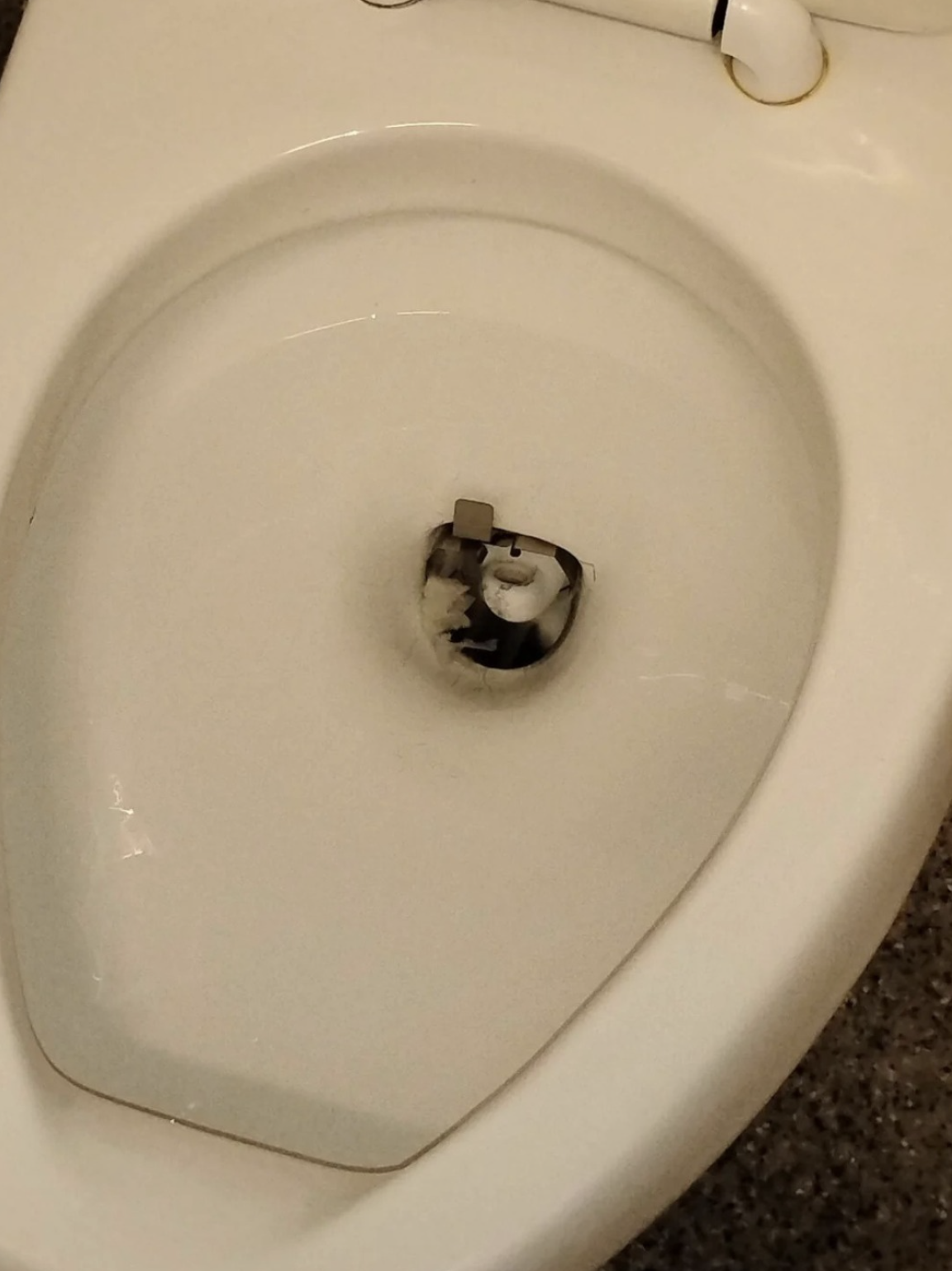It’s not a camera.
It’s not a prank.
It’s not part of some dystopian surveillance system.
It’s a plumbing protector — one of the best defenses we have against the modern scourge of “flushable” wipes and other non-flushable items.
🧴 The Real Problem: Wipes Are Wreaking Havoc
Once upon a time, toilet paper was the only thing going down the drain — and it dissolved beautifully.
Then came the rise of wet wipes , baby wipes , makeup remover pads , and even paper towels being flushed down toilets across the world.
Despite being labeled “flushable,” most of these products don’t actually break down in water — they clump, clog, and jam up pipes and pumps.
And the result?
💥 Fatbergs.
Huge, disgusting masses of congealed fat, oil, and wipes that grow in sewer lines like tumors. Some weigh as much as trucks and cost cities millions to remove .
Municipalities everywhere are fighting back — and Traptex is one of their smartest tools .
🛡️ How the Traptex Toilet Guard Works
Think of it as a bouncer at the club entrance of your toilet bowl — but instead of checking IDs, it checks what you flush.
Here’s the science:
The guard sits inside the toilet trapway (the curved pipe under the bowl).
When someone tries to flush non-dissolvable materials , the guard catches them before they can enter the plumbing system.
Water and toilet paper pass through easily — wipes, wrappers, and feminine hygiene products get stuck.
This means:
Fewer clogs
Less strain on sewage pumps
Reduced risk of overflows and backups
Cleaner, more efficient plumbing
It’s simple, effective, and nearly invisible — unless you try to flush something you shouldn’t.
🧑🔧 Why Buildings Install Traptex Guards
